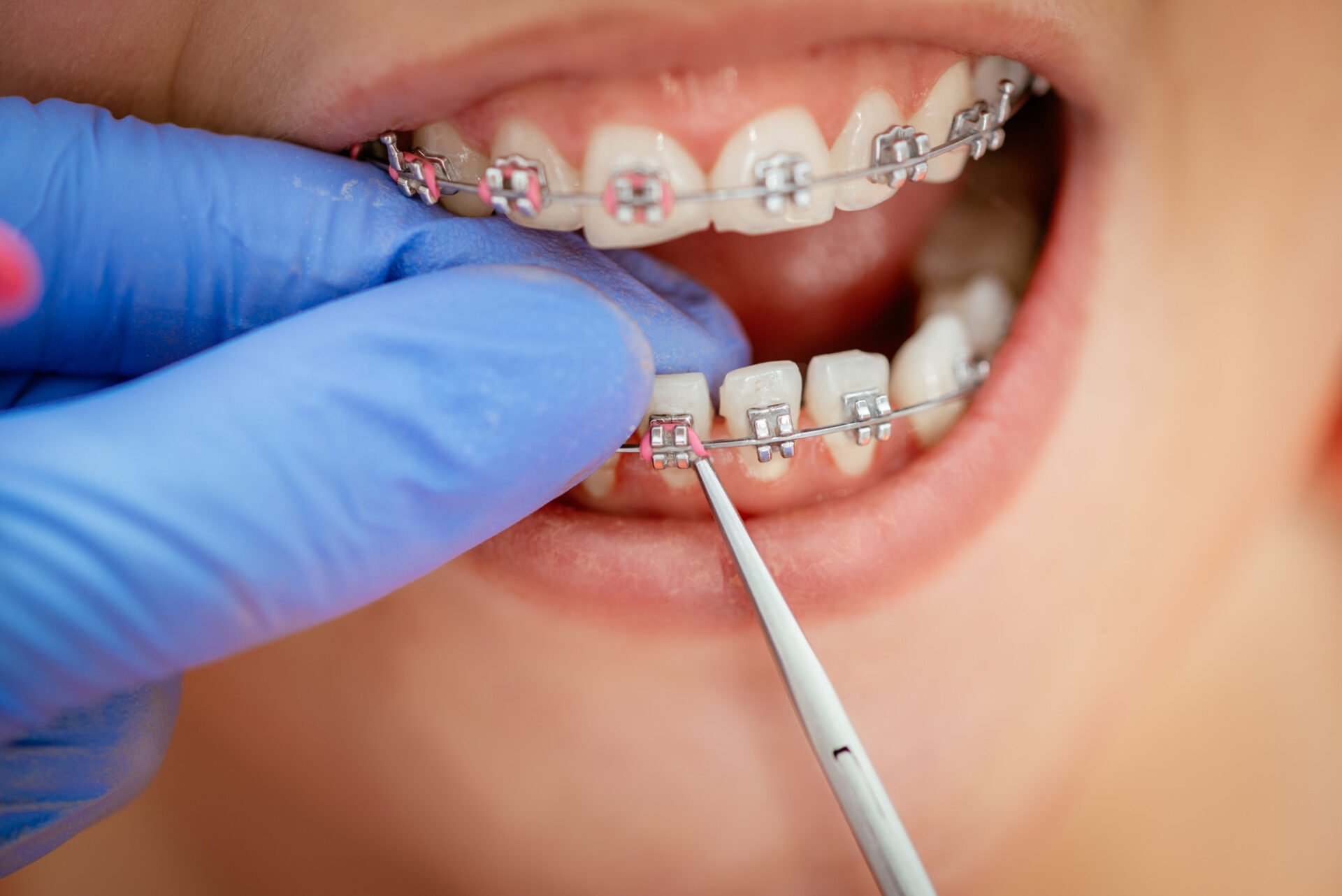How Cumming Orthodontics Can Transform Your Smile with Invisalign and Braces
How Cumming Orthodontics Can Transform Your Smile with Invisalign and Braces
Blog Article
Comprehensive Guide to Orthodontics Treatments for Dealing With Oral Imbalances
Understanding the intricacies of each treatment, including their systems, benefits, and prospective drawbacks, is important in making informed decisions about one's orthodontic treatment. As we browse with the detailed guide to orthodontic procedures for remedying oral imbalances, the elaborate details of each approach will certainly unfold, dropping light on the path towards a functional and unified oral alignment.
Orthodontic Procedures Review

In addition to clear aligners and traditional dental braces, orthodontists may likewise recommend other treatments like headgear, palatal expanders, or retainers to resolve particular placement concerns (cumming orthodontist). These treatments are tailored to every individual's special demands and may include a mix of treatments to accomplish the desired results. Normal adjustments and monitoring are crucial parts of orthodontic treatment to make certain progression is on track and to make any needed alterations along the means. By undertaking orthodontic treatments, clients can not just attain a straighter grin but also enhance their general oral health and wellness and feature.
Typical Dental Braces: Just How They Function
When taking into consideration orthodontic treatments for dental imbalances, conventional braces stand out as a tried and true method for fixing teeth placing. Conventional dental braces consist of brackets, cables, and bands that function together to apply constant pressure on the teeth, progressively relocating them into the desired positioning.
As pressure is applied to the teeth with the braces, the bone surrounding the teeth is reshaped to support the new tooth positions. Individuals will need regular adjustments at the orthodontist's office to ensure the braces continue to apply the appropriate pressure for effective teeth movement.
Invisible Aligners: Pros and Cons
Unnoticeable aligners supply a hassle-free and discreet choice to standard braces for fixing dental imbalances. These clear, customized trays are virtually unseen when put on, making them an attractive choice for individuals looking for a much more visually pleasing orthodontic treatment. One of the primary benefits of undetectable aligners is their removability, enabling simpler upkeep of dental health compared to conventional dental braces. Individuals can remove the aligners prior to eating or brushing their teeth, decreasing the risk of food obtaining stuck in the device and simplifying the cleaning procedure.

Surgical Orthodontic Options
Surgical treatments in orthodontics existing practical choices for attending to complicated dental misalignments that may not be efficiently fixed through traditional orthodontic treatments. While typical dental braces and unseen aligners can fix numerous orthodontic problems, specific situations require medical treatment to attain optimum results. Surgical orthodontic options are usually recommended for extreme malocclusions, substantial jaw inconsistencies, and situations where the underlying bone framework requires modification to achieve correct positioning.
One common medical orthodontic procedure is orthognathic surgical procedure, which entails rearranging the jaws to deal with practical issues such as trouble chewing or talking. This surgical treatment is typically performed in cooperation with an orthodontist who aids line up the teeth prior to and after the procedure. Surgical orthodontics may additionally include procedures to expose affected teeth, get rid of excess gum cells, or reshape the jawbone to produce a more harmonious face profile.
Prior to thinking about surgical orthodontic options, people go through a thorough analysis to establish the requirement and possible click resources benefits of such treatments. aligners. While surgery may seem challenging, it can substantially improve both the function and appearances of the smile in instances where traditional orthodontic therapies drop short
Retainers and Post-Treatment Care

Post-treatment care includes complying with the orthodontist's directions faithfully. This may include appropriate oral health practices, participating in follow-up visits, and putting on the retainers as suggested. Failure to adhere to post-treatment treatment guidelines can cause regression, where the teeth progressively move back in the direction of their original placements. Consistent retainer wear, good oral health, and normal dental examinations are vital for preserving the outcomes accomplished with orthodontic surgery and making certain the long-lasting stability of the corrected dental placement.
Final Thought
In verdict, orthodontic treatments offer numerous alternatives for fixing dental misalignments. Surgical orthodontic alternatives are available for more extreme imbalances. In general, orthodontic procedures can efficiently boost dental health and visual appearance.
As we navigate via the comprehensive overview to orthodontic procedures for dealing with oral misalignments, the intricate details of each approach will certainly unfold, dropping light on the course toward a unified and practical oral placement. - cumming orthodontist
One of the most typical orthodontic treatments is the usage of braces, which consist of metal brackets and cords that use gentle stress to progressively move teeth into the desired position.When considering orthodontic therapies for dental imbalances, standard braces stand out as a reliable approach for dealing with teeth placing. Furthermore, undetectable aligners might not be appropriate for intricate orthodontic problems that call for more significant teeth movement, as they are usually advised for moderate to moderate situations. Retainers are customized orthodontic devices created to hold teeth in their dealt with positions after the conclusion of orthodontic treatment.
Report this page